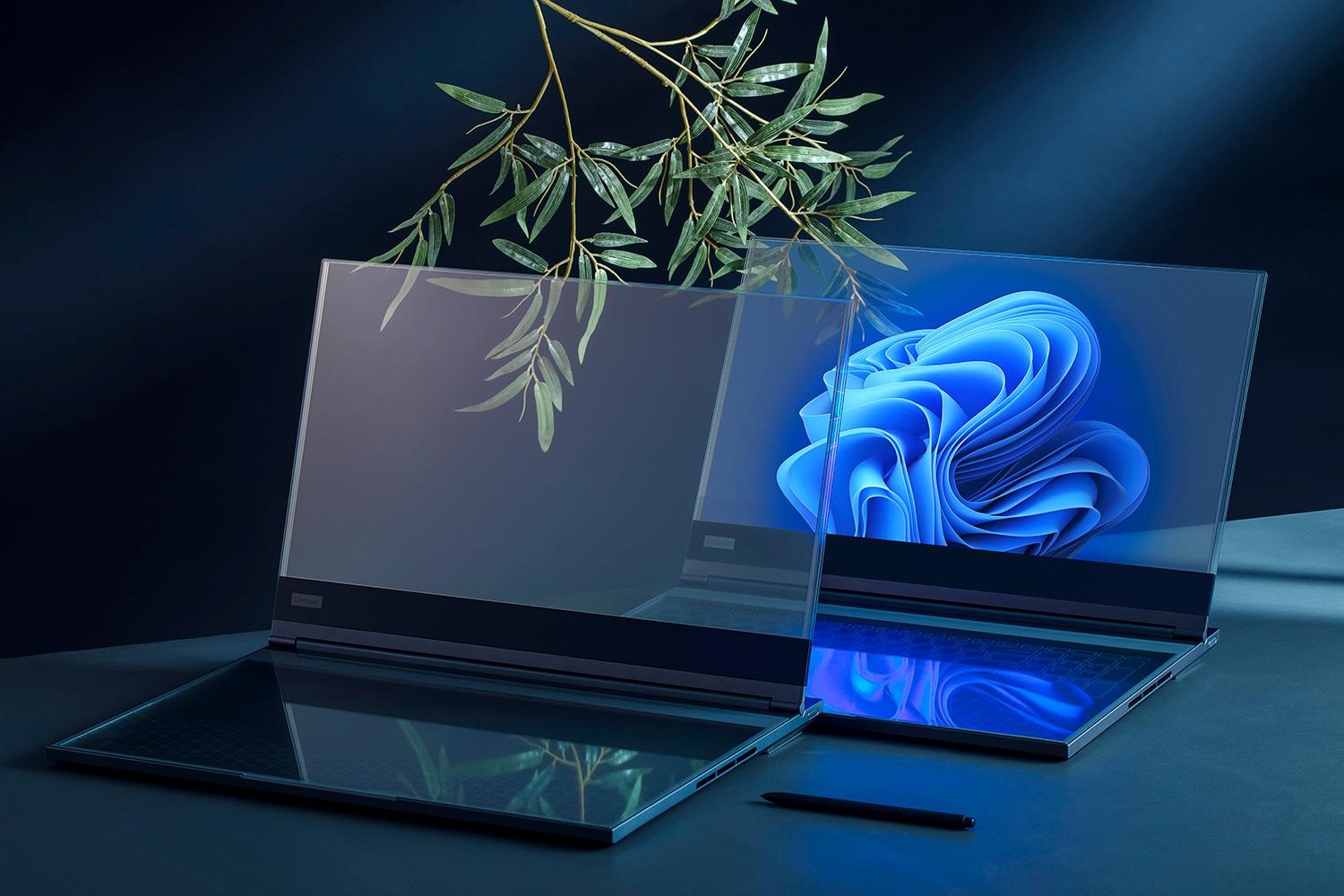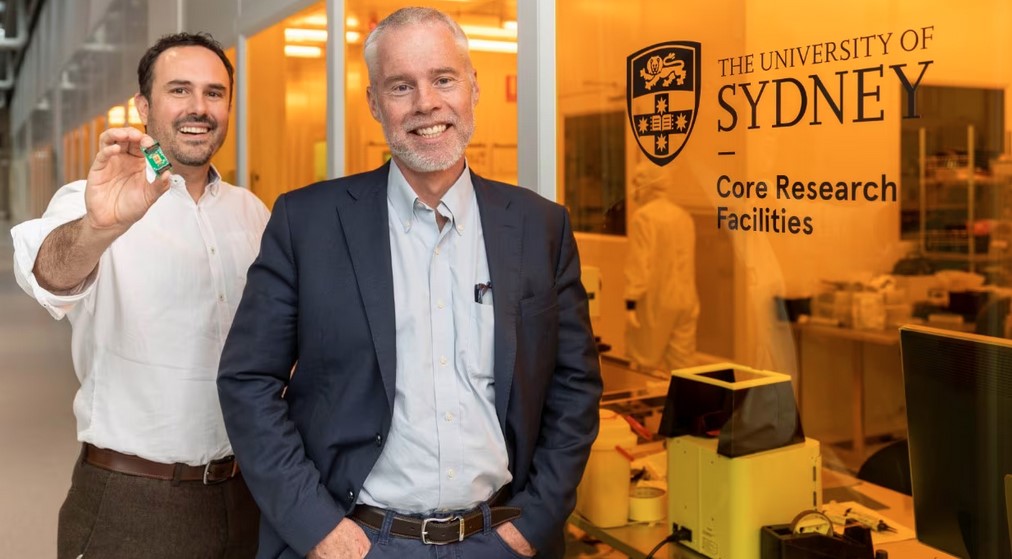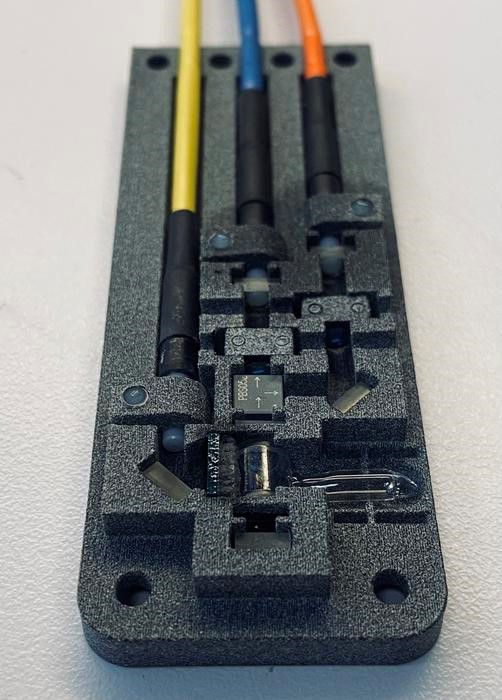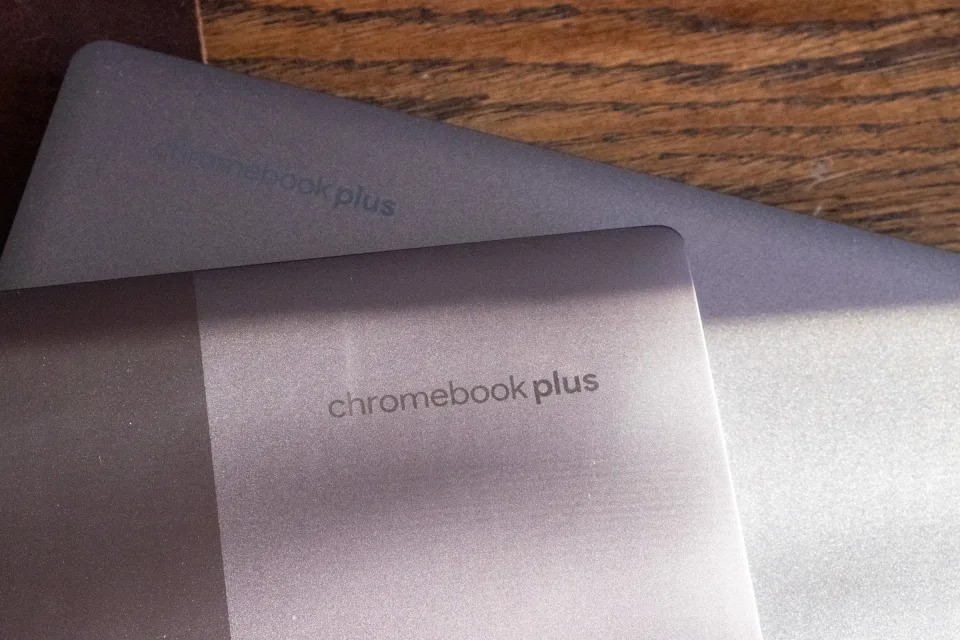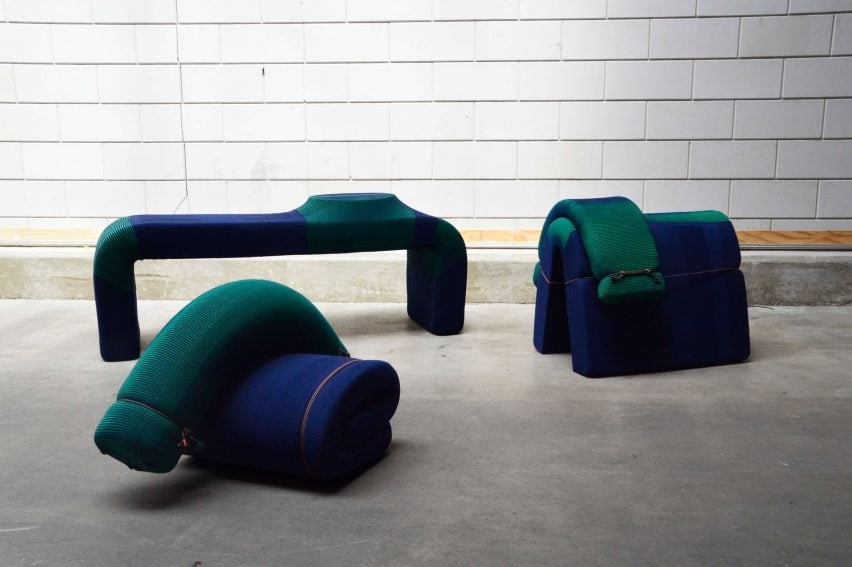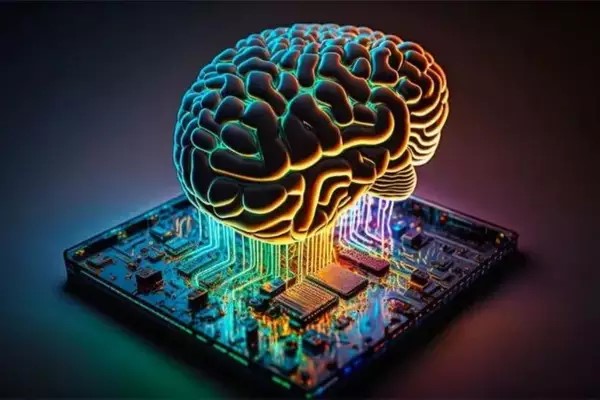Innovative Solution for Electronic Waste: Vitrimer Printed Circuit Boards
A recent United Nations report highlighted a concerning trend: electronic waste generation soared to 137 billion pounds in 2022, marking an 82% increase from 2010. Despite this surge, less than 25% of the 2022 e-waste was recycled. Among the challenges hindering sustainable disposal of electronics, a significant one is the lack of efficient systems for recycling printed circuit boards (PCBs), ubiquitous in electronic devices.
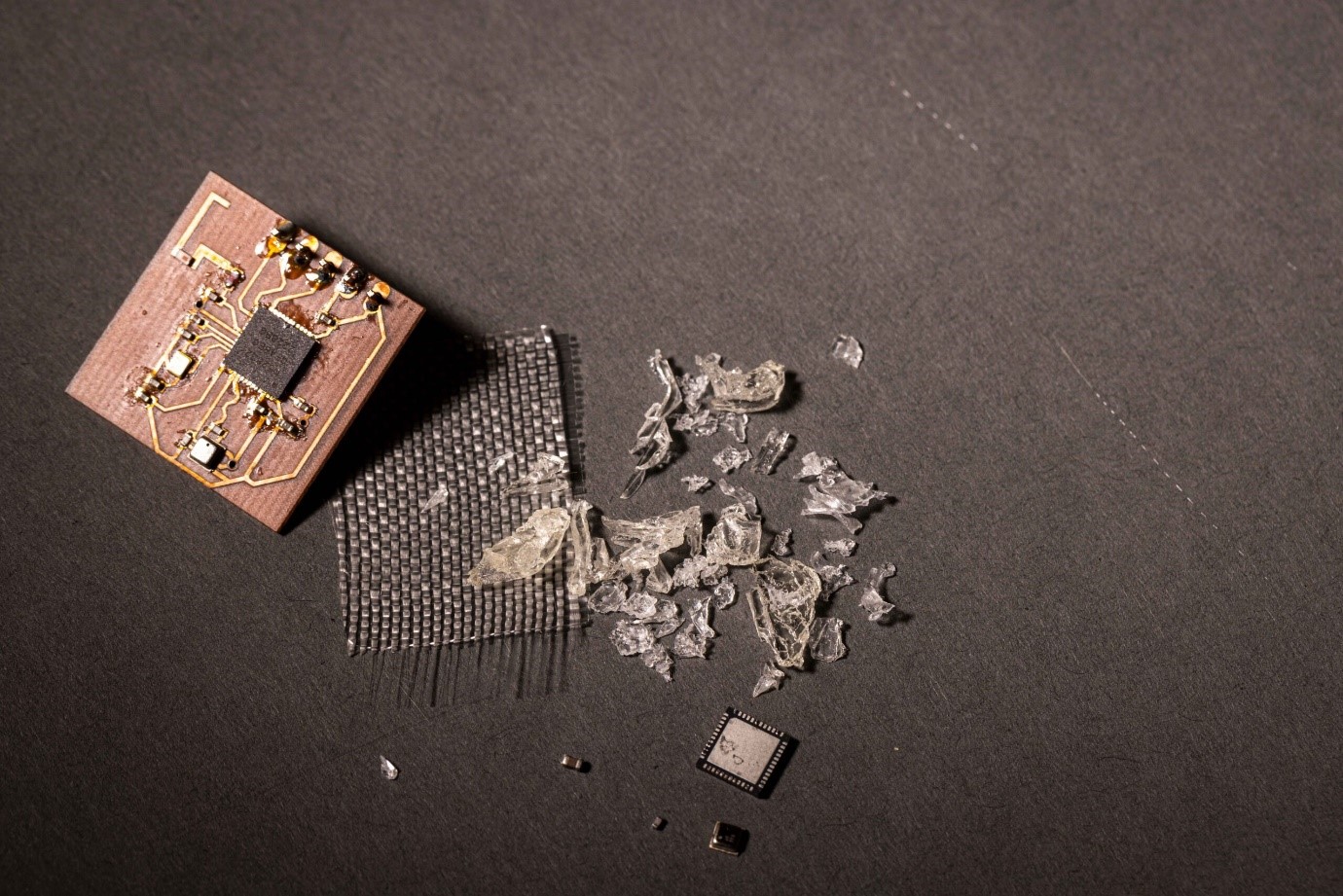
Figure 1. vPCB.
Figure 1 shows the vPCB. PCBs, comprising layers of glass fiber sheets coated in plastic and laminated with copper, pose recycling difficulties due to the inseparability of plastic and glass layers. Consequently, PCBs often end up in landfills, where their chemicals can leach into the environment, or are incinerated to recover valuable metals, a practice often carried out in developing countries, posing health hazards.
Addressing this issue, a team led by University of Washington researchers devised a novel PCB formulation using vitrimer, a type of sustainable polymer [2]. They developed a process to transform vitrimer into a jelly-like substance, enabling the extraction of solid components for reuse or recycling without material loss.
This breakthrough yielded "vPCBs" (vitrimer printed circuit boards) with comparable performance to traditional materials. In recycling tests, researchers recovered 98% of the vitrimer, 100% of the glass fiber, and 91% of the solvent used. The study, published in Nature Sustainability, presents a promising avenue for sustainable PCB disposal. [1]
Vitrimer polymers, first introduced in 2015, exhibit unique properties: under specific conditions, their molecules can rearrange and form new bonds, making them both "healable" and highly recyclable. The team's process involves laminating fully cured vPCB layers, then immersing the material in an organic solvent to extract components without damaging glass sheets or electronics.
This approach offers multiple paths to sustainable PCB lifecycles, including repair of damaged boards, separation of components for recycling or reuse, and recycling of vitrimer and glass fibers into new vPCBs. Environmental impact analysis revealed significant reductions in global warming potential and carcinogenic emissions compared to traditional PCBs.
Despite these promising findings, scaling up vPCB recycling would require establishing efficient waste collection systems and incentives. The researchers emphasize the need for cost parity and robust governmental regulations to facilitate widespread adoption of such innovations, advocating for sustainability as a primary consideration in material design and optimization.
Source: University of Washington
References:
- https://www.eurekalert.org/multimedia/1024565
- https://techxplore.com/news/2024-04-circuit-boards-recycled.html
Cite this article:
Hana M (2024), Innovative Solution for Electronic Waste: Vitrimer Printed Circuit Boards, AnaTechMaz, pp. 303


